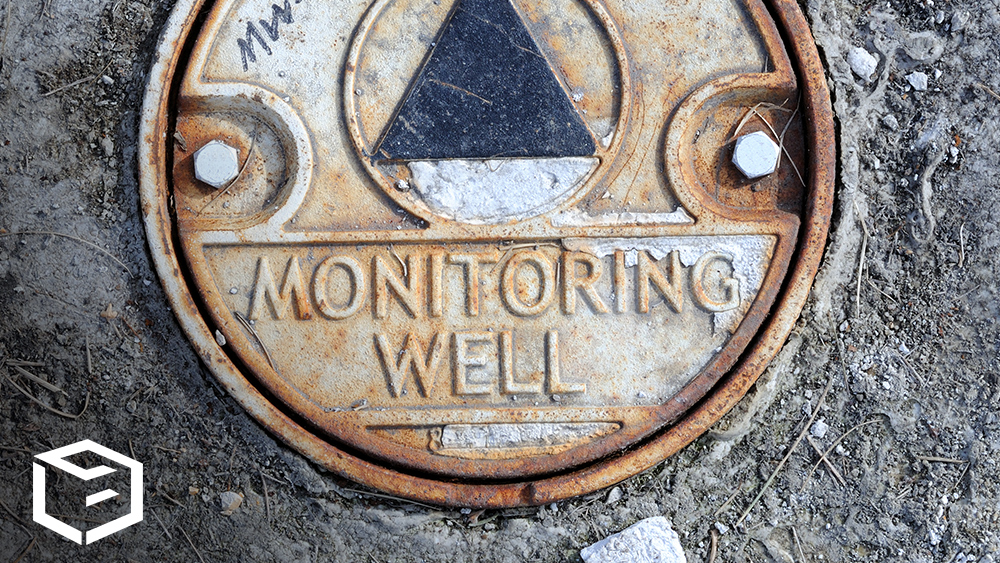
Groundwater is fresh water found in underground spaces between rocks, soil, and sand, usually from rain and melting ice or snow. Groundwater has a lot of economic value because it can be found everywhere, and it makes up to 30% of the world’s freshwater. Groundwater fills the space between fragmented rocks and soil particles below the earth’s surface. Groundwater is used as drinking water by more than half of the United States population.
Groundwater is monitored through monitoring wells installed by hydrologists that are drilled deep into the earth. Once installed, hydrologists are able to monitor groundwater, measure the distance from the earth’s surface, and test the quality of groundwater below the earth’s surface. Groundwater monitoring equipment consists of a borehole tube which is sealed into the earth where water is to be collected. The water is then pumped from the well for about an hour and used by a hydrologist to determine the location, quality, and quantity of groundwater. Groundwater monitoring can also be used to:
• Monitor the long-term effectiveness and sustainability of an underground water supply
• Identify and eliminate potential contaminant sources
• Manage groundwater levels by preventing damage for intrusion, drought, or flooding.
• Keep up with appropriate policies issued by local municipalities and adapt to climate changes.
Knowing how groundwater monitoring works is essential to receiving the appropriate data in order to maintain or improve the quality of groundwater. Groundwater monitoring begins by drilling many monitoring wells around a specific location to monitor groundwater levels and determine the quality of groundwater in the earth’s surface; however, groundwater can also be monitored for pollution. This pollution can come from chemical spills, leaking underground storage tanks, or the use of fertilizers near farming land.
Monitoring wells are, therefore, the foundational basis for groundwater monitoring as they are critical tools for studying how groundwater is stored underground and determining its quality. Information gathered through groundwater monitoring can also be used to determine how much groundwater can be withdrawn before no more water can be pumped. Measuring groundwater levels can be done with many different types of equipment. However, choosing the equipment type that will work best depends on many factors, such as the environment and the amount of pumping that will need to be done.
Steel tape is commonly used in groundwater monitoring to take a water level reading. Steel tape is most accurate for this purpose because it does not stretch like other measuring tools and therefore produces more consistently reliable results. Automatic data loggers and pressure transducers are used for continuous long-term monitoring of groundwater levels. Other useful tools commonly used for groundwork monitoring are tape sounders and electronic measuring tape.
Contact us and maximize the productivity and profitability of your projects in Southern California by supporting it with our geotechnical and geological experience.
Follow, engage, learn. Stop by our blog to see what’s happening at G3SoilWorks.
G3SoilWorks – a full service geotechnical / engineering geologic consulting firm, is pleased to reach our third year. It has come with many interesting clients, assignments and obstacles.
G3SoilWorks
350 Fischer Avenue Costa Mesa, CA 92626
Tel. 714-707-3155
E. info@g3soilworks.com